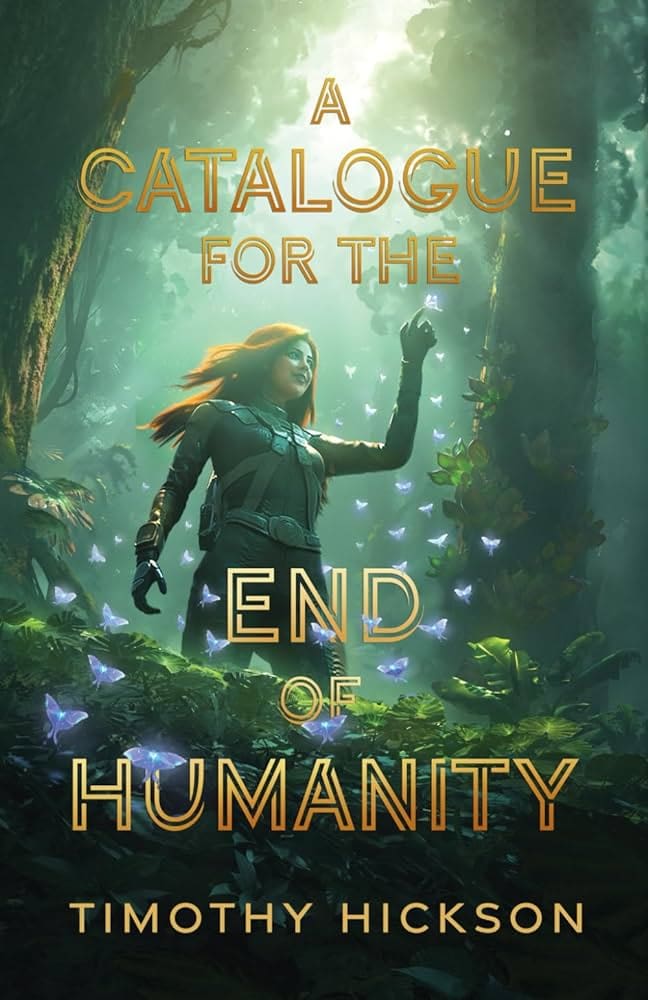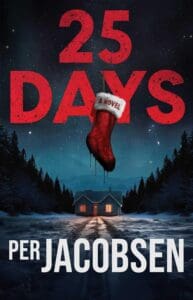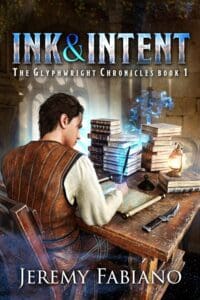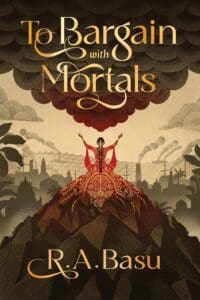
Synopsys
For generations, a family has lived with Death in their library. An old lighthouse keeper picks through the Beach, where all things forgotten wash up. A young girl discovers the stars are going out, one by one.
Stories about death, endings, and finding hope somewhere in between.
A collection of published and original fiction.
Content warnings: Death.
Quick Review
A Catalogue For the End of Humanity explores a lot of great ideas, and is written spectacularly. It’s a thoughtful and at times thrilling collection of stories—however I felt that many may have benefitted from another few pages.
Full Review
Each story in Timothy Hickson’s collection is a commentary (or question) about the human condition or mental health. His work captures the humanity in sometimes quite inhumane conditions. The stories lean into science fiction, with some taking place in the near-future, and others reaching into a time of terraforming planets. A few, even, dip their toes into fantasy. However, while these elements are important to the stories, the focus is often on the characters and how they navigate whatever situation they’ve been thrust into.
The pacing of this collection was great. There’s a wide variety of story lengths, plus a poem, and they’re organized in a way that makes reading Catalogue For the End of Humanity constantly feel fresh. It’s a minor detail, but one that I appreciated.
There’s also original art following most of the stories in the book, which is a fun way to wrap them up. I’m not factoring that into the review, but figured I’d mention them, because they really are a nice touch.
But you’re here to see what the stories are like, so let’s chat about that.
A Catalogue For the End of Humanity is at its best when Hickson gives these stories time to breathe. “Two Robots” is the first in the collection and one of its longer pieces. Its narrow focus and worldbuilding through the main character’s sense of curiosity make the apocalypse a wonderland to be explored. By the end, I was fully bought into this world and its endearing characters, and devastated (in a good way) by the end.
“Trickle Down Lobotomies” is another strong entry. It focuses on a group of miners and terraformers on a new world, who have to make tough decisions about their survival after an accident. It was a bit difficult to get into at first, since the story takes a while to set up the situation and is told in part from the perspective of increasingly inhuman characters. However, it becomes a fascinating exploration of utilitarianism when left unchecked.
Every story has moments which really worked for me. Each is founded on some interesting ideas, but many wound up too short to—in my opinion—become fully realized. “Just Dust in the Light” is a beautiful exploration of loss, managing grief, and healing. However, the way the narrative jumped around in time was a bit jarring, and I never felt as though I knew any of the characters well enough to feel the emotional beats that I suspect Hickson wanted to convey.
“Panstellar” was another with a lot of promise. I enjoyed the concept of this story quite a lot, but it was mostly told through the point of view of a seemingly omniscient being, which made most of it feel a bit detached.
That said, I’ve also seen reviews where these were some people’s favorite stories, so your mileage may vary.
Overall, I enjoyed each of these stories, but most had something that made them a bit hard to get into. Or they were shorter than I felt they should have been. The one exception to that is the remarkable “Two Robots,” which has been living rent-free in my head ever since I read it—and shows no sign of leaving.











Leave a Reply